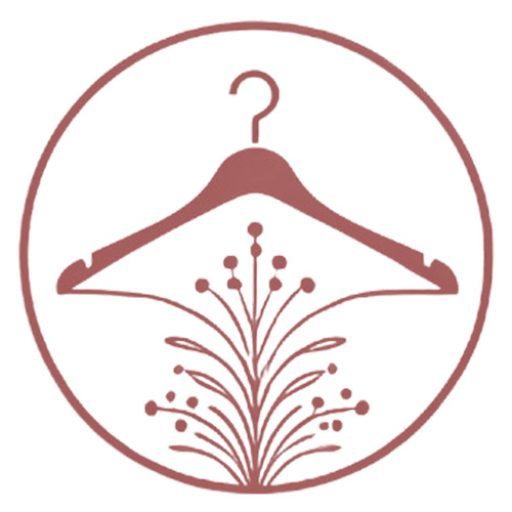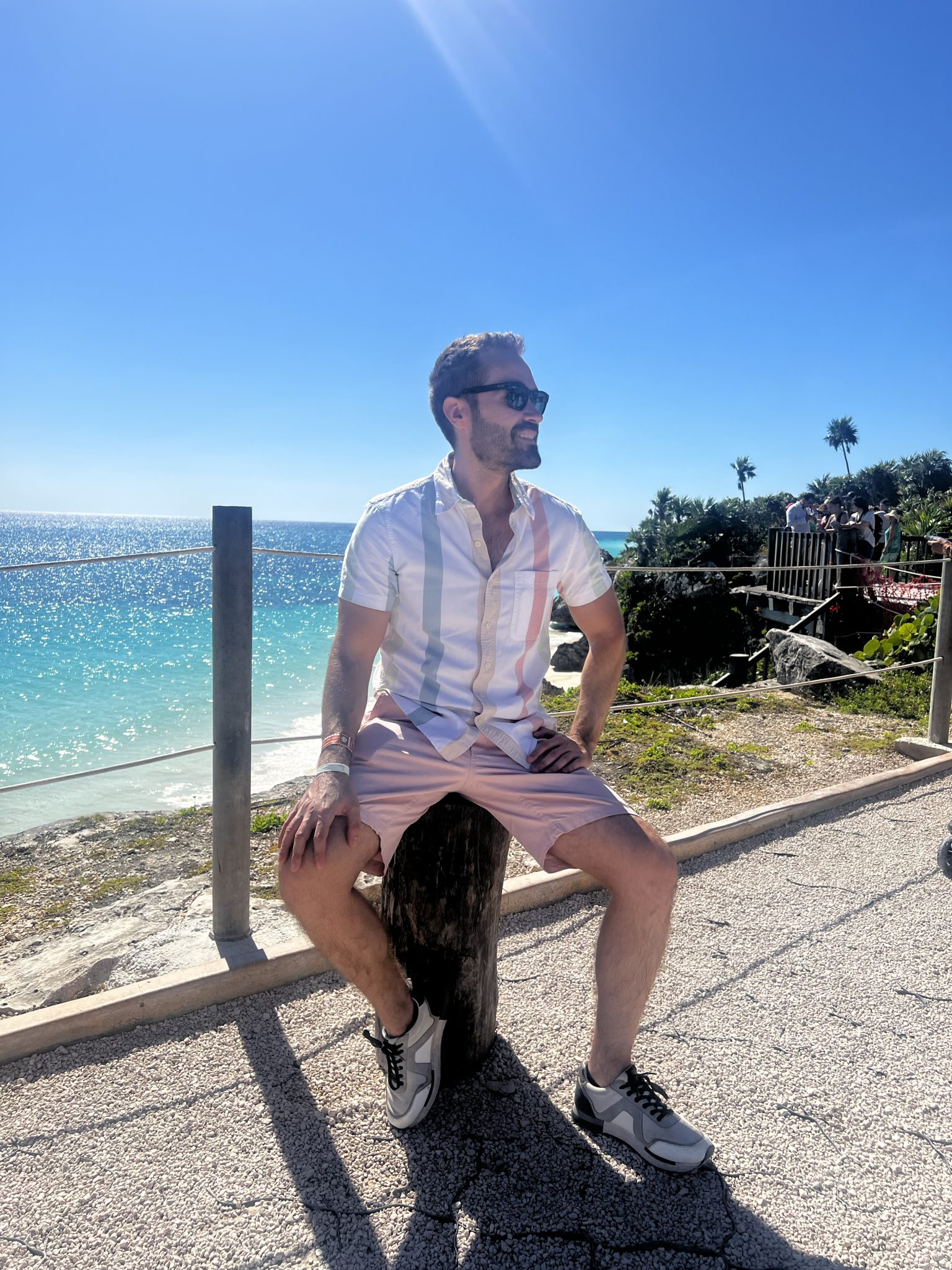There’s something incredibly comforting about wrapping yourself in a cashmere scarf on a cold, windy day. The soft, luxurious texture combined with the warmth it provides makes it one of those winter essentials you’ll never regret investing in. I vividly remember one particularly brisk morning when I was rushing to catch a train, the wind cutting through my coat as if it weren’t even there. My trusty cashmere scarf saved the day, not just by keeping me warm but by adding an extra touch of style to an otherwise rushed, layered outfit. Moments like that remind us why some pieces in our wardrobe are more than just functional—they’re essential for feeling cozy and confident.
Cashmere scarves have a timeless appeal. Whether you’re layering for a casual outing or accessorizing for a formal event, they offer unmatched versatility and elegance. Plus, they’re lightweight enough to carry with you yet powerful in protecting against biting winds. Let’s explore why these scarves are such a great choice for wind chill protection and how you can incorporate them into your winter wardrobe with ease.
About the Author and My Trend Boutique
Foundational Concepts: What Makes Cashmere So Special?
Cashmere isn’t just any wool; it’s the crème de la crème of natural fibers. Derived from the undercoat of cashmere goats, this material is prized for its softness, warmth, and durability. What makes cashmere particularly suited for wind chill protection is its ability to trap body heat while remaining breathable. Unlike bulkier wool scarves, cashmere provides incredible warmth without the added weight, making it perfect for layering.
From a technical standpoint, cashmere fibers are much finer than traditional wool, allowing them to retain warmth more efficiently. This is why a cashmere scarf can keep you warmer than a thicker scarf made of other materials. It’s also naturally insulating, so it protects against both cold temperatures and wind, creating a cozy barrier that’s hard to beat.
Personally, I’ve always appreciated the versatility of a good cashmere scarf. On windy winter days, it’s my go-to accessory, whether I’m dressed in a puffer coat and jeans or a wool trench for a more polished look. It’s amazing how such a lightweight piece can make such a big difference in keeping you comfortable outdoors.
Picture Gallery
The Science of Warmth: Cashmere vs. Other Fabrics
The warmth of cashmere lies in its unique structure. Each fiber has tiny air pockets that act as insulators, trapping heat close to your body. This is why a cashmere scarf feels warm almost immediately after you put it on. The breathable nature of cashmere also means you won’t feel overheated or sweaty, even if you transition from the chilly outdoors to a warmer indoor space.
Compared to synthetic scarves or even some other natural fibers, cashmere provides a luxurious balance between warmth and weight. Synthetic materials, while sometimes effective at blocking wind, lack the softness and breathability of cashmere, which can make them feel stiff or uncomfortable against the skin. Wool, on the other hand, can sometimes be too heavy for layering, especially if you’re already bundled up in a thick coat.
There’s also an emotional element to wearing cashmere. The feel of the fabric against your skin is soothing, almost indulgent. I remember one time, on a particularly cold evening walk, I had forgotten gloves but had my cashmere scarf with me. Wrapping my hands in its folds provided instant relief from the chill—it was like carrying a portable cocoon of warmth.
Styling Cashmere Scarves: Personal Style & Practicality
One of the reasons cashmere scarves are such a great investment is their versatility. They come in a range of sizes, from classic to oversized, allowing you to adapt them to your personal style and needs. A smaller, more traditional cashmere scarf is perfect for tucking under a coat collar, while an oversized version can double as a wrap or shawl on especially windy days.
For those who love minimalist style, a neutral-colored cashmere scarf in shades like camel, grey, or black is a timeless choice that will pair effortlessly with any outfit. On the other hand, if you want to add a pop of color to your winter wardrobe, opt for scarves in jewel tones like emerald, burgundy, or sapphire. I have a bright red cashmere scarf that never fails to lift my mood on grey, overcast days. It’s proof that practicality doesn’t have to come at the expense of style.
Here are a few ways to style your cashmere scarf for wind chill protection:
- Classic Loop: Wrap the scarf around your neck once and let the ends hang down. Simple yet effective for casual looks.
- French Knot: Fold the scarf in half, drape it around your neck, and pull the loose ends through the loop. This creates a snug, polished look perfect for blazers or tailored coats.
- Wrap & Tuck: Drape the scarf around your shoulders and tuck one end into your coat for extra protection against strong winds.
Trends vs. Timelessness: Why Cashmere Always Wins
While winter fashion trends come and go, cashmere scarves remain a constant. They’re the epitome of timeless elegance, blending seamlessly with both classic and contemporary styles. This season, oversized scarves are making waves, often styled with monochromatic outfits or layered over structured coats for a dramatic effect.
If you prefer a more timeless approach, stick with classic patterns like herringbone or plaid in subdued tones. These styles never go out of fashion and can be worn year after year without looking dated. I still have a camel-and-cream plaid cashmere scarf I bought several seasons ago, and it continues to be one of my most-worn accessories every winter.
The key to making a cashmere scarf feel modern is all in how you style it. Play with layering techniques, mix textures (think cashmere with leather or tweed), and don’t be afraid to experiment with bolder colors if the rest of your outfit is neutral.
Practical Tips for Choosing and Caring for Cashmere
Investing in a cashmere scarf is worth it, but you’ll want to care for it properly to ensure it lasts for years. Here are some tips to keep your cashmere in top shape:
- Choose Quality: Look for scarves made from 100% cashmere rather than blends. Check the fabric for softness and density—it should feel plush and substantial, not thin or scratchy.
- Gentle Washing: Hand wash your scarf in cold water with a mild detergent, or have it dry-cleaned. Avoid wringing it out; instead, lay it flat on a towel to dry.
- Storage: Store your scarf folded in a drawer rather than hanging it, as hanging can cause it to stretch. Use lavender sachets or cedar blocks to keep moths at bay.
- Avoid Snags: Be mindful of jewelry or rough surfaces that could catch on the delicate fibers.
These simple steps can extend the life of your cashmere scarf significantly. I have scarves that still look as good as new years after purchasing them, all thanks to proper care.
FAQs
Q1: Are cashmere scarves worth the investment?
Absolutely. While they may come with a higher price tag, their warmth, durability, and timeless style make them a smart, long-term investment.
Q2: Can I wear a cashmere scarf in milder weather?
Yes! Cashmere is incredibly breathable, so it works well even in milder conditions. Opt for lighter styles or wear it loosely draped for a more casual look.
Q3: How do I spot authentic cashmere?
Genuine cashmere should feel soft and luxurious, with a fine, even texture. Check for labels indicating 100% cashmere and avoid scarves that feel rough or synthetic.
Q4: What’s the best way to style a cashmere scarf for formal events?
Choose a neutral or jewel-toned scarf and drape it elegantly over your shoulders or tie it loosely around your neck. Pair it with a tailored coat or evening dress for a polished look.
Q5: How do I remove wrinkles from a cashmere scarf?
Use a steamer on a low setting or gently iron it with a cloth barrier to avoid direct heat. This will remove wrinkles without damaging the delicate fibers.
Conclusion
A warm cashmere scarf is more than just a winter accessory—it’s a staple that combines luxury, functionality, and timeless style. Whether you’re braving a windy city commute or heading to a cozy cabin getaway, it’s the perfect piece to keep you warm and chic.
Invest in one (or a few!) cashmere scarves that suit your personal style, and don’t forget to care for them properly to ensure they stay beautiful for years to come. Once you experience the unmatched comfort and warmth of cashmere, you’ll wonder how you ever survived winter without it. Let me know your favorite ways to style your cashmere scarf—I’d love to hear your tips!


